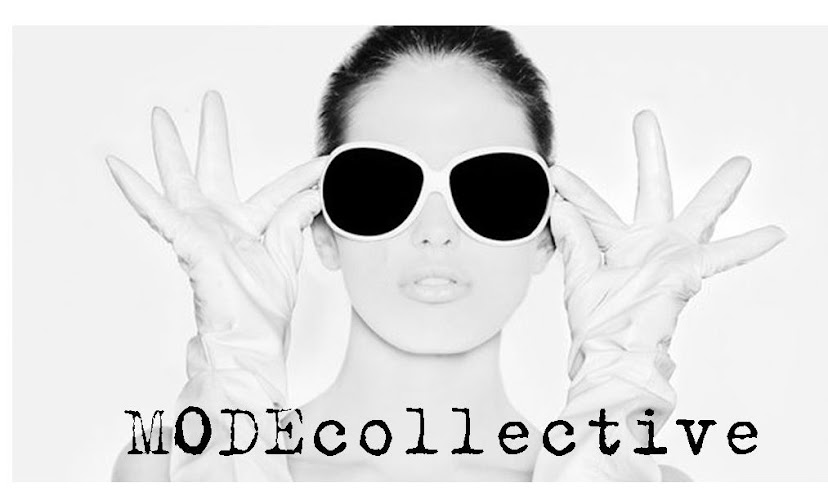For the past 3 years we have seen a definite change in the retail and fashion industry so how have designers responded in order to increase their business and market share? As New York Fashion Week has showcased the latest collections in NYC there are a few prominent trends that don't include the the actual clothing itself.
The first trend is Wearability. Wearability or commercial appeal have been dirty words in the high fashion world when it comes to the runway which is the showcase that designers are given the opportunity to promote and debut their latest collections for the global press, buyers and consumers. The Fashion Show season plays an integral role in fashion as it can be a springboard of success for many designers, collections can gain the attention of the press providing them an opportunity to showcase their designs in editorials in magazine or on the red carpet and thirdly to create a buzz in the industry that receives a response from the consumer and generates the sales which sustains their business. The international fashion scene looks forward to seeing creativity, new ideas and execution each season and often times the designers who make the greatest splash or biggest statement have reaped the most praise in the press and in magazine editorials. But today there has been a shift. It is now popular to create beautiful clothes that are wearable AND affordable. Affordable being a relative term in the fashion industry.
So back to the first trend...WEARABILITY. Today it is fashionable to have collections that speak to, connect and relate to their audiences of the everyday man and woman. Retailers are a big driving force in this trend as they must respond to the customers requests and achieve their financial goals. The only way to do this is to buy clothing that is saleable. Through history the brands who are the most successful in this are the brands that are having the greatest success. Commercial appeal has always been an important part of turning a profit in fashion but has not always been the top priority for the entire industry. This season the runway has merged the two concepts of wearbility and fashion.
To provide you with a little history lesson using one of my most favorite designers as an example, Giorgio Armani back in 1975 built an empire on wearble clothing, striving to create clothing for the public. His success is greatly due to his genius in using this principal and his dedication to continuing to stay loyal to this idea. This concept of making clothes for people and not models, clothes that met the needs of the public and their lifestyle has made Giorgio Armani one of the best and most successful designers in the world. Though this principle was not always popular among magazines and the press it is however popular with the customer and continues to be so to this day which has created the staying power and relevance of Giorgio Armani in today's apparel industry. Another great designer prior to Armani, and one of my favorites, also held a similar principle. The designer's name was Coco Chanel. She is quoted as saying, "Innovation! One cannot be forever innovating. I want to create classics” and "Fashion has become a joke. The designers have forgotten that there are women inside the dresses. Most women dress for men and want to be admired. But they must also be able to move, to get into a car without bursting their seams! Clothes must have a natural shape." She is absolutely correct fashion, especially luxury needs to be comfortable and have a purpose in the lives of its wearers.
So how have some of the current designers incorporated this idea in their latest collections for SS011? Many designers have still included great editorial pieces and looks but have made sure that the pieces in their collections and most of the looks created to grace the runway are commercial enough to appeal to the everyday man and woman. Color pallettes have also been reviewed by designers in attempt to use colors that are more easily wearable and popular. Designers have also reviewed fabrication choices to insure comfort, durability and luxury. Lastly many designers are re-evaluating their pricing structure in order to make prices more appealing and "affordable."
The second trend is affordability. Affordability is a relative term but today there are more contemporary designers as well as second lines. At one time second lines were viewed negatively as a possible way to dilute a fashion designer's brand. In fact when Giorgio Armani launched his other lines of Emporio Armani and Armani Collezioni many designers thought it might take away from the first line of Giorgio Armani but today second lines provide an opportunity for consumers to get a piece of the designer without paying the price of their first line. Second lines like DKNY, D&G and Marc by Marc Jacobs have created new opportunities to expand their designer empires. This season more second lines have launched such as Mark & James a second line of Badgley Mischka and Z Spoke by Zac Posen.



No comments:
Post a Comment